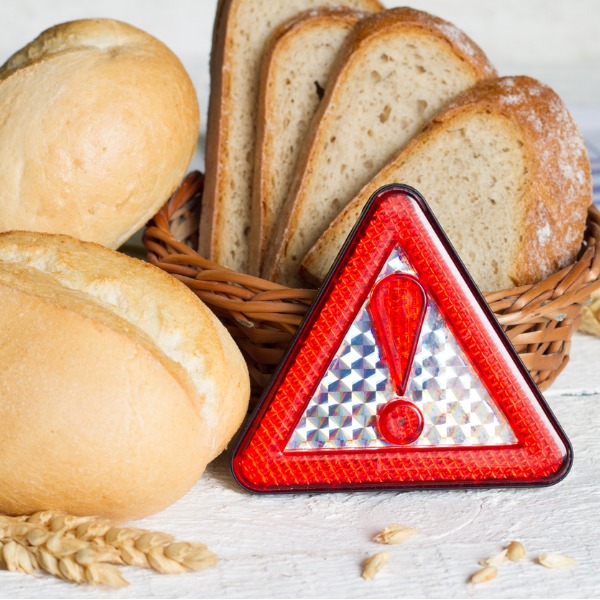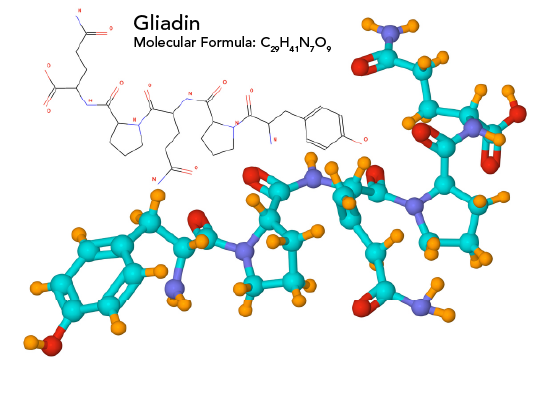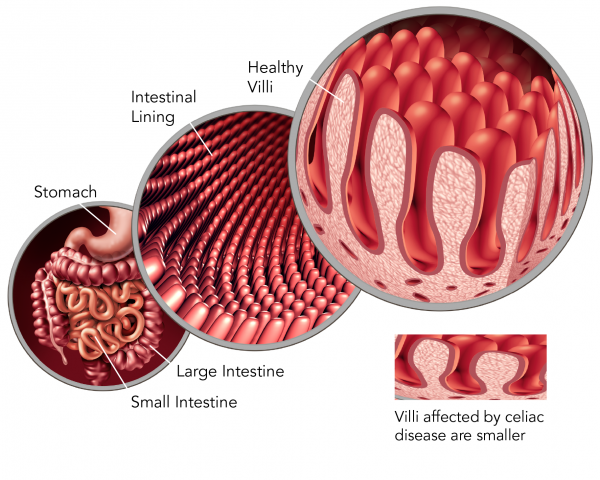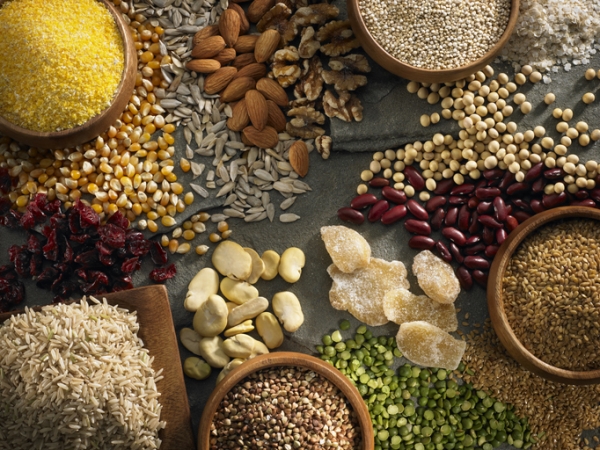Celiac Disease: When You Really Need to Stay Gluten-Free

Bread and wheat with a warning sign (udra, iStockphoto)

Bread and wheat with a warning sign (udra, iStockphoto)
7.65
How does this align with my curriculum?
Curriculum Alignment
AB
10
Knowledge and Employability Science 10-4 (2006)
Unit C: Investigating Matter and Energy in Living Systems
BC
12
Anatomy & Physiology 12 (June 2018)
Big Idea: Organ systems have complex interrelationships to maintain homeostasis
NU
10
Knowledge and Employability Science 10-4 (2006)
Unit C: Investigating Matter and Energy in Living Systems
YT
12
Anatomy & Physiology 12 (British Columbia, June 2018)
Big Idea: Organ systems have complex interrelationships to maintain homeostasis
NT
10
Knowledge and Employability Science 10-4 (Alberta, 2006)
Unit C: Investigating Matter and Energy in Living Systems
NT
10
Science 14 (Alberta, 2003, Updated 2014)
Unit C: Investigating Matter and Energy in Living Systems
BC
5
Science Grade 5 (June 2016)
Big Idea: Multicellular organisms have organ systems that enable them to survive and interact within their environment.
BC
6
Science Grade 6 (June 2016)
Big Idea: Multicellular organisms rely on internal systems to survive, reproduce, and interact with their environment.
YT
5
Science Grade 5 (British Columbia, June 2016)
Big Idea: Multicellular organisms have organ systems that enable them to survive and interact within their environment.
YT
6
Science Grade 6 (British Columbia, June 2016)
Big Idea: Multicellular organisms rely on internal systems to survive, reproduce, and interact with their environment.
AB
5
Science 5 (2023)
Living Systems: Understandings of the living world, Earth, and space are deepened by investigating natural systems and their interactions.
NU
11
Knowledge and Employability Science 20-4 (Alberta, 2006)
Unit C: Disease Defence and Human Health
YT
8
Science Grade 8 (British Columbia, June 2016)
Big Idea: Life processes are performed at the cellular level.
NT
11
Knowledge and Employability Science 20-4 (Alberta, 2006)
Unit C: Disease Defence and Human Health
BC
12
Anatomy & Physiology 12 (June 2018)
Big Idea: Homeostasis is maintained through physiological processes.


